A second volume confirms that this is a Beethoven cycle of the first quality

THE STRAD RECOMMENDS
The Strad Issue: January 2025
Description: A second volume confirms that this is a Beethoven cycle of the first quality
Musicians: Doric Quartet
Works: Beethoven: String Quartets vol.2: op.18 nos.2 and 5, op.59 no.2 ‘Rasumovsky’, op.130, Grosse Fuge op.133
Catalogue number: CHANDOS CHAN20300 (2 CDs)
This second volume of the Doric Quartet’s Beethoven cycle comprises technically polished and passionately committed performances. These players’ unanimity of interpretation and ensemble, care for realising articulation, dynamics and other musical detail, and their meticulous voicing and timing ensure convincing readings that are intuitively constructed and disciplined, yet flexible.
The musicians employ Classical bows for the two op.18 quartets and adopt light, crisply articulated bowings, particularly in the Scherzo and the development of the opening Allegro of no.2 and the outer movements and Minuetto of no.5. The first movement of op.59 no.2 benefits from effective rubato and uncommon give-and-take; but the work’s kernel is the solemn, hymn-like Molto adagio, in which Alex Redington’s violin soars gracefully above expressive melodic material assigned to his colleagues. Other noteworthy features include the fugal treatment of the ‘Russian’ theme in the Allegretto’s trio and the boisterous finale, which moves like the wind, reaching almost hurricane force towards the end.
The Doric follows Beethoven’s original movement sequence for op.130, incorporating a powerfully intense reading of the Grosse Fuge as the finale and thereby preserving significant thematic/intervallic links with some of the preceding movements. Elsewhere, faithful adherence to Beethoven’s annotations results in a dramatic opening movement, a breathless scherzo, a third movement of sharply contrasting moods, a somewhat nauseous Alla danza tedesca and a gently flowing Cavatina that captures its sense of tragic despair with heartfelt poignancy. The lively alternative rondo finale, in characteristic light-hearted vein, is included as an independent movement. The clear, detailed and finely balanced recording is exemplary.
ROBIN STOWELL




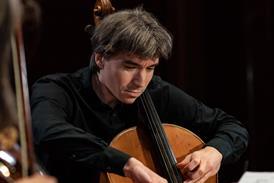

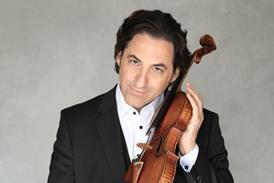
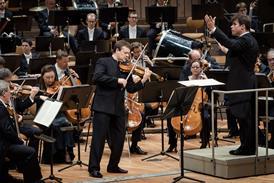




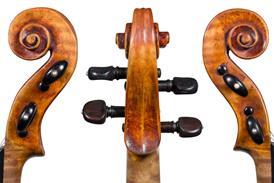


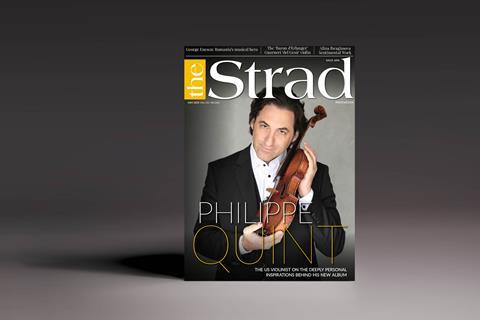







































No comments yet